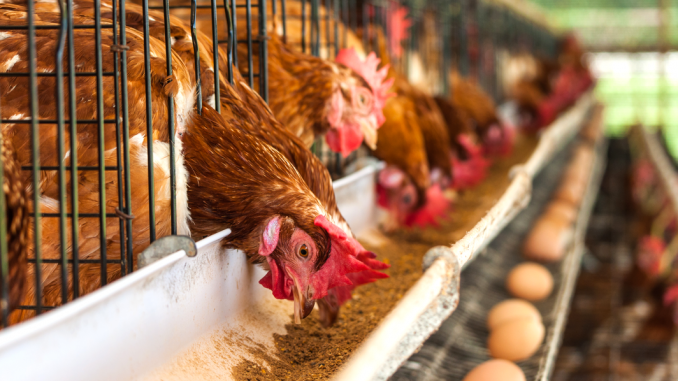Chicken cage manufacturers talk about how to save laying hen feed
- font size
- Be the first to comment!
With the vigorous development of the chicken industry in recent years. The concept of chicken farmers has changed, the breeding method has changed, and more and more farmers are leading the use of automatic poultry farming equipment. However, during the use of raising laying hens, some farmers due to lack of professional knowledge and experience, lead to excessive feed consumption, resulting in a lot of economic expenses. Is there any way to save feed without affecting the health of laying hens? Let the chicken cage manufacturer explain it to you below.
- Select laying hens with good breeds
Due to the rapid development of laying hens with good varieties, strong disease resistance, early maturity and high yield, they not only consume less feed, but also produce high-quality eggs. For example, Isa chickens generally start laying eggs at 150-180 days old, and lay 200-260 eggs per year. By choosing such high-quality laying hens, you can obtain greater benefits with less feed.
- Rational use of additives
In the feeding process of laying hens, adding an appropriate amount of feed additives can not only meet the necessary nutritional needs of the chickens, but also reduce the consumption of feed and increase the weight of eggs. Since there are many types of additives on the market, the functional effects are also very different. During the breeding period, the corresponding additives should be reasonably selected according to the actual needs of the chickens. For example, adding to the feed and stirring it can effectively prevent and control the intestinal diseases of chickens, improve the feed conversion rate, and allow the chickens to fully absorb the feed they eat.

- Timely improvement of feeding tools and methods
Many farmers are keen to use wet feed, although this type of feed tastes better, and the chickens have a strong desire to eat. However, due to the hot weather and high temperature in summer, acidification is easy to occur. In winter, the temperature is too low and the feed is too cold. Eating chickens is easy to induce disease, or is unwilling to eat, resulting in waste. It is recommended to feed dry food to ensure adequate water supply. In addition, each feeding should not be too much, wait until the feed in the trough is completely eaten before supplementing.
- Eliminate inferior chickens in time
For some roosters that have been raised for too long, timely elimination and replacement of new roosters can not only maintain the fertilization rate of eggs, but also save feed. Some hens that are sick, weak and difficult to lay eggs are eliminated in time to reduce feed waste.
The above are some methods and means of how to save feed during the use of the layer cage systems to breed chicken as described by the chicken cage manufacturers. Hope to bring some help to your farming!

